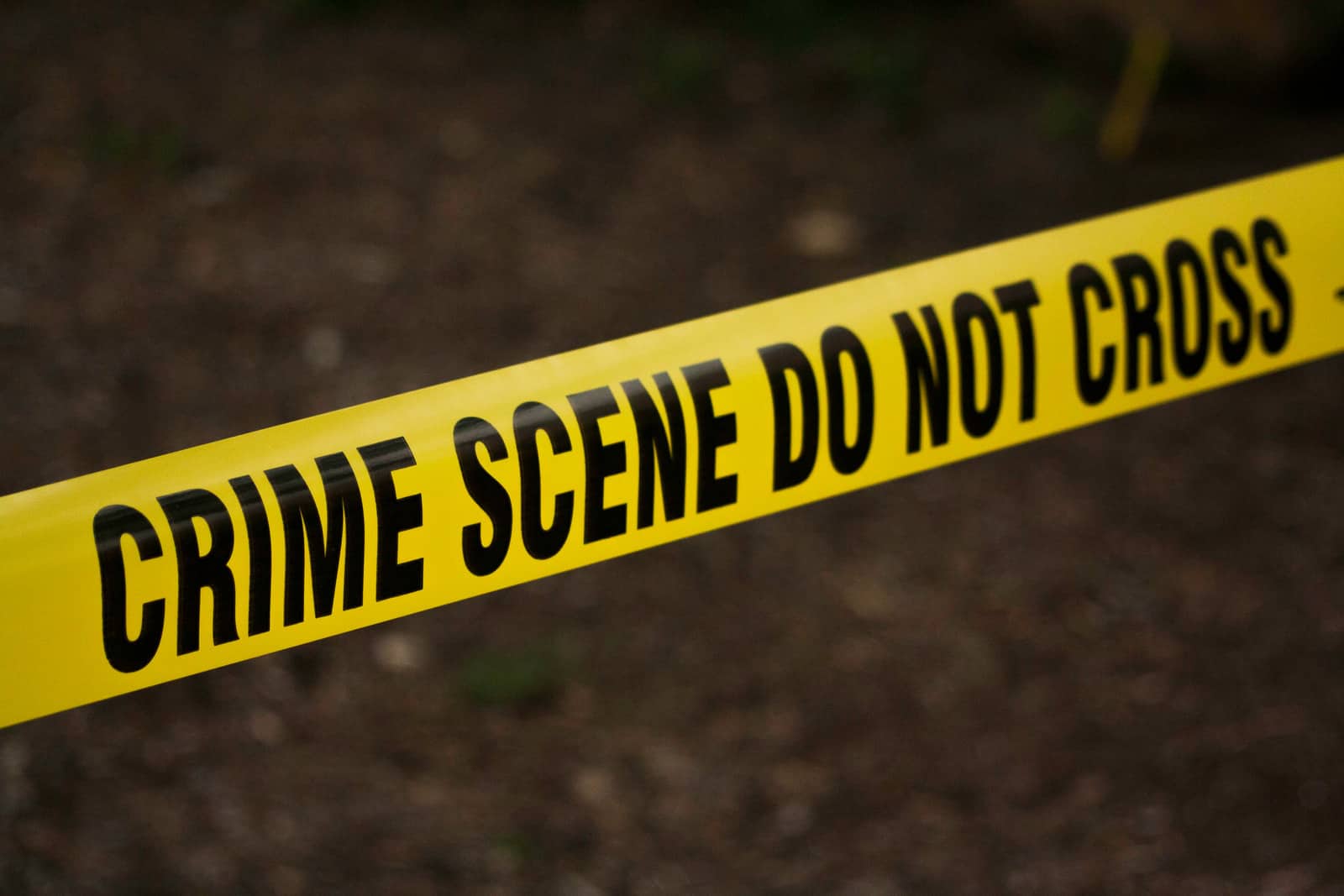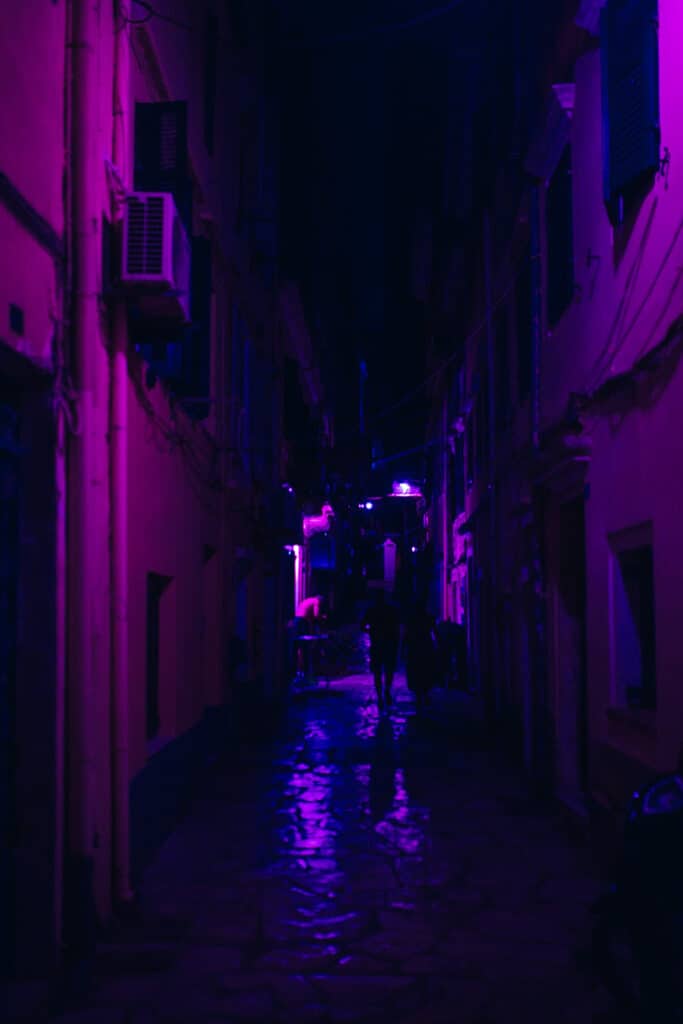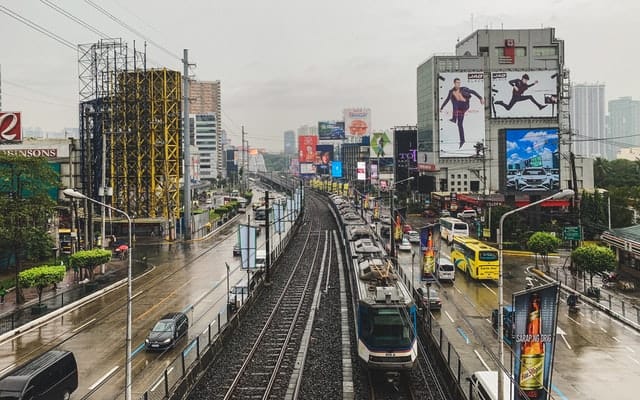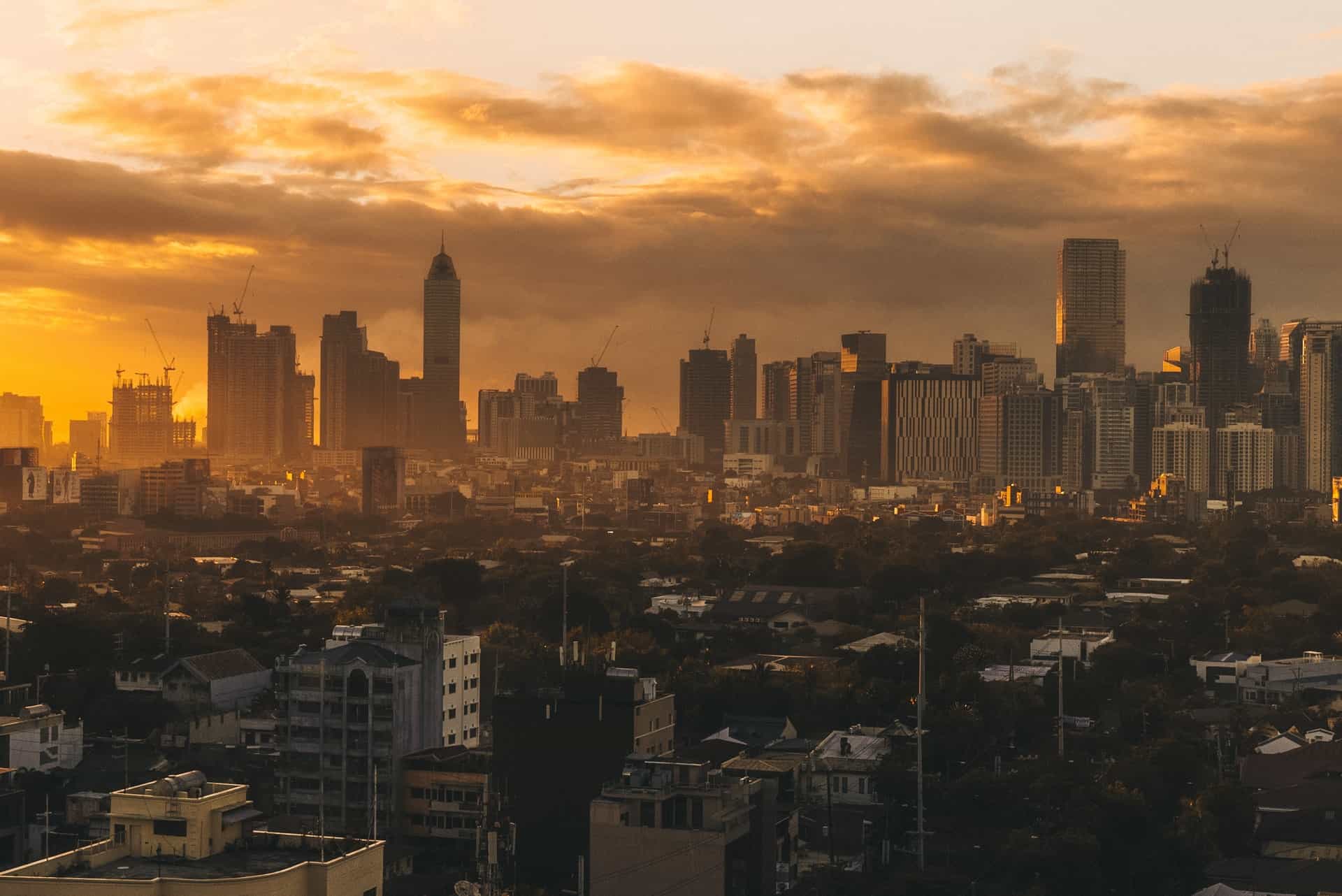Is Manila Safe? (Travel Safety Thoughts From A Frequent Visitor)

Manila gets a bad rap for crime.
"Well, duh," you might think, "It's a big, gritty city in a fairly poor country."
That's not wrong, but it doesn't reflect the reality that most foreigner visitors will experience, either.
Table of Contents
Here's my take on travel safety in Manila
Travel safety in Manila is a little more complicated than "yes" or "no." The parts of Manila that tourists favor are generally safe, especially during daytime, but the need for caution and a low profile should be obvious. However, take particular care at night, and avoid going off the beaten path by yourself.
As in most big, developing-world cities, safety in Manila is more complicated than you might have expected.
However, a lot of unnecessary fear comes from not understanding, so here's my take on a nuanced and realistic answer.
IMPORTANT: This is a perspective, not a suggestion of what you should or shouldn't do. Whether good or bad, events and data may evolve faster than I update this page. I visit Manila frequently and consider it worth visiting. Your own travel experience, street-savviness, priorities, or concerns may lead to a different choice--and that's just fine.
Is It Safe For Foreigners In Manila?
Manila is an inexpensive city to visit, but that doesn't help if subjects to unnecessary risk!
Incredibly high population density, combined with striking poverty, means that plenty of crime will happen, and probably not too far away.
However, it's important to understand the relative risk (i.e., per capita) and how often violent crimes are between locals, high-profile foreigners, or truly random tourists.
For instance, high-profile local businessmen may worry a lot about kidnapping for ransom. A Western backpacker almost certainly needn't, at least in normal circumstances.
Additionally, understand that "Manila" really means not just the city proper, but several cities that make up Metro Manila. A few of these contain central business districts that look and feel like separate countries from the poorer parts. Indeed, the poorest part may be literally across the street.

The contrast is bracing, and at least perceived safety is entirely different. For example, Makati--the Philippines' financial center, highly popular with travelers--is perceived as one of the safest large cities in the country, and on par with Bangkok, Berlin, and Denver.
The same survey data place Manila and Quezon City (a very large area, mind you) among notoriously dangerous cities like New Orleans and Tijuana.
Again, this is only the perception of unknown internet respondents; it may not match empirical reality, but it's a good indicator of what residents--often Western expats--experience in the city.
Are there crimes against tourists?
Tourists are overwhelmingly more likely to be the target of a scam (more on that in the next section) or petty theft than a serious, violent crime. That's true just about everywhere, including Metro Manila.
Sometimes, but not always, the more sensational and atrocious crimes against Western expats in the Philippines are tied to messy family matters, prurient "hobbies," or other questionable activities. That is not universally true, by any means, but it's an important distinction between those (still tragic) cases and an average tourist's agenda.
How else can travelers keep safe?
I'd argue that the biggest likely dangers are transportation and food/water safety.
The streets are often huge, chaotic, and terrifying to cross amid wild driving. Buses are often not in good repair, and while I haven't witnessed accidents, it's not uncommon to hear about them.
As for water, it's certainly fine for brushing one's teeth, but nobody drinks tap water. It's probably more a concern about plumbing than about the water per se.
Food is generally fine, but having gotten vicious traveler's diarrhea a couple of times (once even after a fairly high-end meal in Makati), I can't say it's without risks.
However, the issue seems more related to foods left exposed and/or at room temperature for far too long. In a hot climate, nasty microbes can spread very quickly!
It's worth asking your doctor about an antibiotic prescription before your trip, since even private hospitals can be overcrowded and rather slow.
What Scams Target Tourists In Manila?
Taxi scams are common. A metered taxi is a good start, but one particularly dirty trick is to turn off the meter once underway and claim that it malfunctioned.
A registered taxi from the airport may be the least bad option, but I'd strongly recommend Grab (or another rideshare app) for exactly that reason.

Less insidious but perhaps more dangerous are the scams around nightlife.
Every traveler has heard stories of bar-goers getting drugged, assaulted, robbed, and even worse. I'm not into nightlife enough to talk about Manila's particularities, but neither am I aware of any bar scams that don't happen elsewhere.
I imagine there are additional concerns with "go go" bars and all that accompanies them. Obviously, the safest option is simply not going.
Finally, the poverty and desperation of Manila's poorest are heart-rending, almost beyond description, and I absolutely suggest giving as your conscience leads. You'll (rightly) be inclined to give. The topic is worth a much deeper look, but two things need a quick mention.
First, there are accounts from Manila and elsewhere of organized begging "rings" that exploit street children to enrich their overseers. That said, it's not the norm. I'd rather err on the side of giving to the deceitful than not giving to the genuine. But any non-trivial amounts should probably go to an organization, not to individuals, both for safety and for efficacy.
Secondly, it's common to hear stories about some beggars becoming aggressive, even violent, after receiving a little money--especially on the street. I've never seen this occur to any remotely dangerous degree. Still, that's why locals tend to pass cash through a cracked car window. You may wish to do the same, but there's no need for paranoia, either.
Is Manila Safe At Night?
Besides the bar scams mentioned above, and general nightlife safety issues for any big city, I do not consider Manila oddly or unreasonably dangerous at night.
Staying in lighted areas, preferably in a small group, is always prudent.

We all know criminals seem bolder and more opportunities at night, and it's reasonable to think that organized crime and rogue cops do their dirtiest work after dark.
But those concerns are universal, and usually in proportion to daytime safety.
Manila, like most of Southeast Asia, buzzes with normal life at night. It's a dramatic difference from some American downtowns--even fairly large ones--that feel vacant after business hours.
Many locals work around North American and European time zones. Many more survive off of occasional work and odd jobs. All the above often require being out and about at very late or very early hours.
With such density to boot, you just don't run into that deserted feeling in most of Metro Manila.
So, you probably won't find yourself on a suddenly and unexpectedly empty street. That's not to say it wouldn't be risky; it's just not likely to happen in the more popular areas.
Of course, that assumes you're not wandering around alleys or slums or under bridges. That's foolhardy in any city, and a terrible idea for a (comparatively) wealthy person in a poorer one.
I believe the risks and stakes for absent-minded midnight strolls around Manila are higher than elsewhere, but they're also easy to avoid.
And, speaking earlier of perceived safety, I've always felt much safer in the better areas of Manila than in several large American cities--especially at night.
Conclusion: Is Manila Safe For Tourists?
I believe Manila is safe for tourists who are generally aware, healthily skeptical, and able to refrain from inappropriate displays of wealth.
Most people are, so most people have a perfectly safe trip.
That said, crime is simply higher than in many other cities. Poverty is a major factor, but corrupt authorities play a large and perpetuating role.
Food and water safety are no more of a problem than in other developing countries, and probably less.
It can be a a little stressful to navigate Manila's chaotic traffic safely. Fortunately, if you choose a relatively walkable hotel location and otherwise rely on services like grab, you'll likely do just fine.
But for all the talk of safety, remember as well that locals are some of the most genuinely friendly and warm people you'll ever meet. English is very widely spoken in Manila, too, so getting help or guidance is easier than in most of the world.
All this might still seem a little overwhelming if it's your first trip outside highly developed countries. That's totally understandable, especially if you're traveling alone.
Still, most of us don't need any unusual precautions to have a safe stay in Manila.
With those background risks in mind, and a sensible head on your shoulders, I'm willing to bet you'll have a good and safe stay, too.




